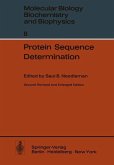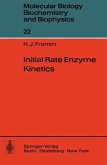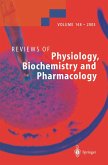The aim of this monograph is to summarize the essential features which characterize the behavior of regulatory systems. Firstly we discuss the laws which govern ligand binding in thermodynamic terms. The basic cooperative and allosteric phenomena are des cribed in thermodynamic terms without assuming any particular mo del. Then the molecular models developed by Monod, Wyman and Changeux and by Koshland, Nemethy and Filmer are presented in detail. Special emphasis has been given to the analysis of the Hill coefficient and its meaning both in thermodynamic terms and in terms of the two allosteric models: the concerted model of Monod, Wyman and Changeux and the sequential model of Koshland, Nemethy and Filmer. Special types of cooperativities are dis cussed in some detail namely, cooperativity stemming from ligand coupled protein association or dissociation, negative cooperati vity and half-of-the-sites reactivity. A slightly extended space was devoted to the discussion of negative cooperativity and half of-the-sites reactivity, since the existence of these phenomena and their possible biological importance is less of a common knowledge than positive cooperativity. This monograph does not attempt to be a review of specific examples analyzed according to one model or another. Rather, an attempt is made to provide the reader with the quantitative tools to analyze any specific regulatory system. Last but not least, I would like to thank Prof. F. W. Dahlquist from the Institute of Molecular Biology, the University of Oregon (Eugene) and Prof. D. E. Koshland, Jr.








